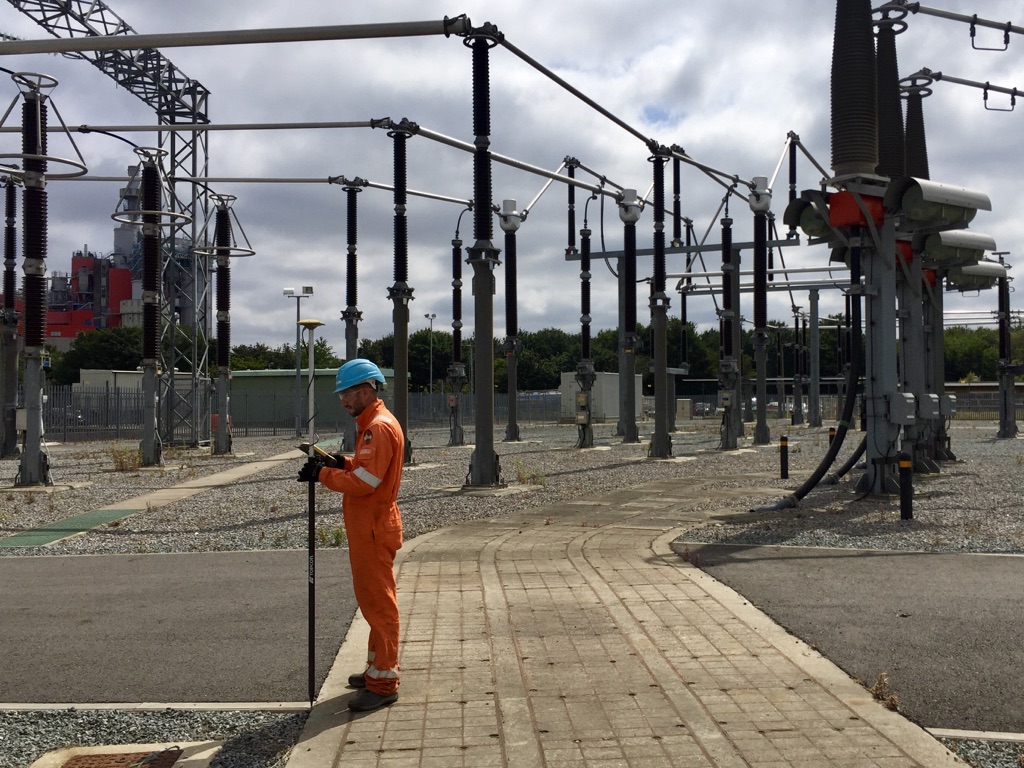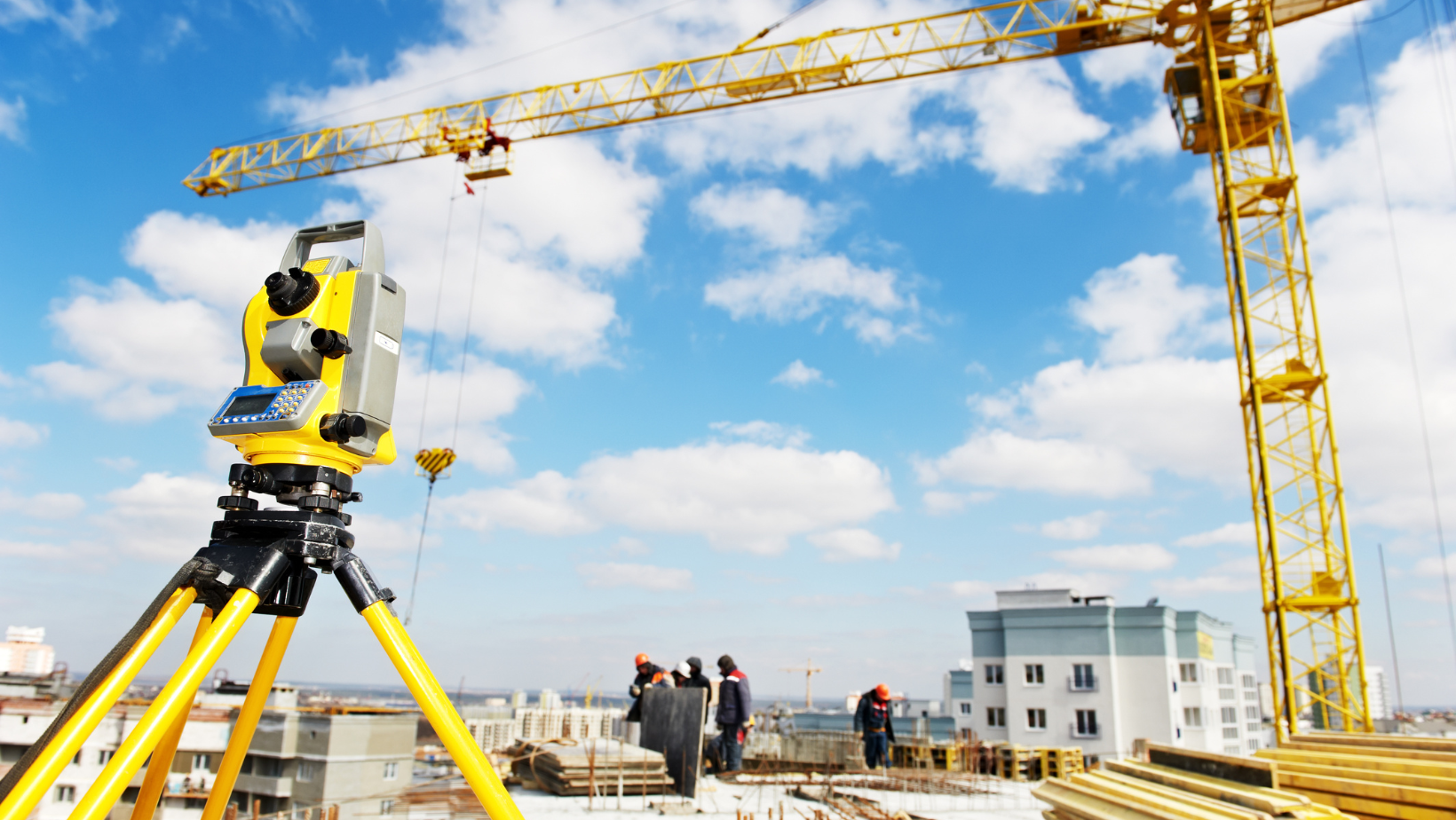Key Steps in Setting Out Engineering for Effective Construction Execution
Key Steps in Setting Out Engineering for Effective Construction Execution
Blog Article
Necessary Tools and Techniques in Laying Out Engineering
The technique of setting out design depends heavily on a suite of important tools and strategies that underpin the precision and effectiveness of task execution. Instruments such as land surveyor's degrees, total stations, and advanced GPS modern technology are important for establishing precise referral factors. The integration of traditional approaches with contemporary techniques, including geospatial evaluation and 3D modeling, uses significant benefits in imagining website conditions. Recognizing exactly how these elements engage is important for lessening errors and improving task results, yet the subtleties of their application commonly stay ignored. What implications does this hold for future design techniques?
The Importance of Accurate Dimensions

The relevance of exact dimensions expands past plain conformity; they are indispensable to the overall efficiency of engineering procedures. Mistakes can bring about material waste, task delays, and boosted labor prices, ultimately influencing the job's lower line. Furthermore, accurate measurements improve the quality of the final product, making certain that it performs as intended and meets the expectations of stakeholders - setting out engineering.
Moreover, the importance of accurate measurements is apparent in different design techniques, consisting of civil, mechanical, and electric design. Each area requires an one-of-a-kind approach to measurement, yet the underlying necessity for precision remains continuous. As jobs come to be increasingly intricate, the dependence on exact dimensions will just escalate, emphasizing the demand for constant innovations in dimension strategies and modern technologies. Hence, cultivating a society that focuses on accuracy is important for the future of engineering.
Vital Tools for Establishing Out
Laying out, a critical stage in the engineering and building process, counts heavily on certain devices that make sure precise location and positioning of frameworks. Among these devices, the surveyor's level stands out, supplying precise horizontal dimensions important for developing reference factors. This instrument allows designers to identify altitude changes and keep harmony across the task site.
The total amount station is an additional essential device, incorporating electronic range dimension with angular measurement capacities. This technology enhances efficiency and precision in recording spatial information, enabling efficient website design and preparation.
Furthermore, using gauging tapes and marking tools, such as chalk lines or risks, is fundamental for briefly marking limits and crucial points on the website. These basic tools, though easy, are vital for making certain clear communication among the construction team concerning job specs.
Finally, general practitioner innovation has actually gotten grip in establishing out processes, offering real-time positioning information and significantly boosting precision over typical approaches. Jointly, these crucial tools create the foundation of efficient establishing out methods, eventually adding to the successful execution of design and building and construction tasks.
Advanced Surveying Strategies
Advanced evaluating strategies play a critical duty in improving the precision and efficiency of design tasks. These methods encompass a range of techniques that give precise data for layout and building. Conventional methods, such as progressing and triangulation, have actually developed right into a lot more sophisticated approaches, consisting of Total Terminal surveys and Global Navigating Satellite Solution (GNSS)
Total Terminal gadgets integrate digital theodolites with distance measurement capacities, allowing land surveyors to gather precise place data with wonderful rate. This technology dramatically reduces errors connected with manual dimensions and supplies real-time data processing. Additionally, GNSS provides exceptional accuracy for massive tasks by making use of satellite signals to establish exact positioning, which is important for making certain and aligning frameworks conformity with design specs.
In enhancement to these tools, advanced techniques additionally incorporate geospatial analysis and 3D modeling. These techniques make it possible for designers to imagine surface and website conditions much more successfully, helping with better decision-making throughout the preparation phase. By utilizing these sophisticated evaluating techniques, engineering tasks can achieve greater accuracy in format, lower rework, and inevitably boost total task success.
Digital Modern Technology in Design
The assimilation of electronic innovation has changed engineering methods, improving both performance and precision throughout different self-controls. Tools such as Building Information Modeling (BIM) promote the visualization and monitoring of complicated jobs, allowing designers to collaborate perfectly and make informed choices. This innovation allows the creation of thorough 3D versions, which can be examined for structural blog here honesty and performance before building starts.

The application of expert system and machine understanding in engineering procedures additionally enhances anticipating upkeep and optimization of resources. These modern technologies make it possible for the analysis of substantial information sets, bring about much better forecasting and enhanced project end results. Overall, digital modern technology is reshaping the design landscape, driving advancement, and guaranteeing that tasks are completed with better effectiveness and lowered danger. As the sector continues to advance, accepting these tools will be essential for future success.
Finest Practices for Application
When implementing electronic technology in design, it is vital to establish a calculated technique that straightens with project goals and organizational abilities. A thorough evaluation of existing process and modern technology framework is important to determine spaces and possibilities for renovation. Involving stakeholders early at the same time promotes cooperation and guarantees that the innovation satisfies user demands.

Job managers ought to Click Here embrace a repetitive implementation method, enabling adjustments based upon real-time feedback and efficiency assessments. This agile method not just minimizes threats yet additionally promotes continuous enhancement by incorporating lessons found out.
Conclusion
Finally, the integration of vital tools and advanced strategies in laying out design is essential for making sure accuracy in dimensions and successful job execution. Employing instruments such as property surveyor's levels, overall stations, and GPS innovation, together with modern-day evaluating approaches, enhances accuracy and decreases the chance of errors. Embracing ideal practices in implementation further official statement maximizes these procedures, eventually fostering boosted job results in the engineering and building and construction fields.
The technique of setting out engineering counts greatly on a collection of important devices and techniques that underpin the precision and performance of project implementation.Furthermore, the significance of accurate measurements is evident in numerous engineering self-controls, including civil, mechanical, and electrical engineering. By utilizing these sophisticated checking techniques, design jobs can achieve better precision in layout, lower rework, and eventually enhance overall task success.
Overall, electronic innovation is reshaping the design landscape, driving advancement, and guaranteeing that projects are finished with greater performance and minimized risk (setting out engineering).In conclusion, the assimilation of crucial devices and advanced techniques in establishing out design is essential for making certain accuracy in measurements and effective task execution
Report this page